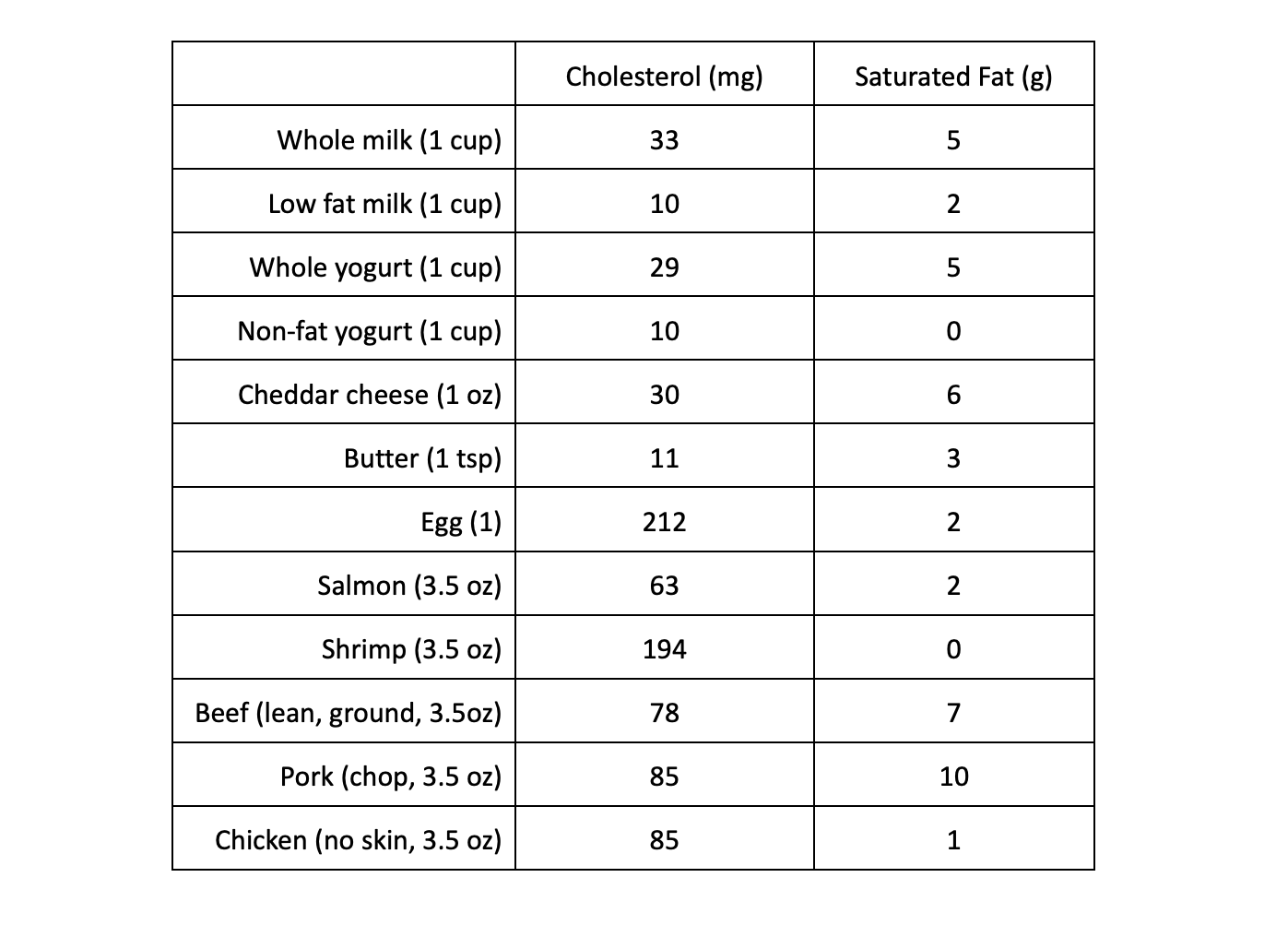We know the basics: high cholesterol can spell trouble for our health. But how? Learn the different types of cholesterol and what you can do to take control amidst a high cholesterol diagnosis.
It is common knowledge that managing our cholesterol goes hand in hand with keeping healthy.
Cholesterol checks are essential components of our yearly physicals that give our health care team a glimpse into how our cardiovascular system is functioning.
But how many of us truly understand what cholesterol is and exactly why it is so critical to keep our levels within a healthy range?
Nearly 40% of adults and 7% of children have high cholesterol in the United States, a statistic especially alarming given that high cholesterol presents itself with no signs or symptoms.
This means that a growing number of Americans are at higher risk for disease and even death without even realizing it.
What is cholesterol?
Cholesterol is a waxy, fatty plaque-like substance that circulates in our bloodstream, and despite its reputation, cholesterol on its own is not harmful.
Cholesterol is naturally made by the liver and is found in every cell in our body. It is vital to our health by helping us to digest certain foods, build cells, and make vitamin D and hormones like testosterone and estrogen.
Cholesterol actually comes in a variety of forms with different sizes, shapes, and functions. Reviewing your blood work numbers, you are likely to see an array of acronyms that describe the different types of cholesterol that circulate throughout your blood.
Here are the 5 types of cholesterol markers most commonly measured:
LDL (low-density lipoprotein) - considered the “bad” type of cholesterol, LDL cholesterol is the most concerning because it is made up of pure cholesterol that collects in the arteries. Too much LDL cholesterol is associated with artery blockage.
HDL (high-density lipoprotein) - named the “good” cholesterol because its job is to remove LDL cholesterol and deliver it back to the liver where it is excreted out.
Total cholesterol - the combined amount of LDL and HDL cholesterol in the blood.
Triglycerides - a common type of fat found in the blood. Any excess calories we consume are converted into triglycerides and stored as fat in our cells.
VLDL (very low-density lipoprotein) - Like LDL, VLDL is a harmful type of cholesterol, but rather than deliver cholesterol to the arteries like LDL, VLDL carries triglycerides to the arteries instead.
What is a normal cholesterol level?
A simple blood test can measure the levels of cholesterol circulating in your blood. For healthy people with no underlying disease, a normal cholesterol reading can look like the following:

However, it is important to know that there is no “normal” cholesterol range that applies to everyone.
An individual’s health status will determine the desired range, so discussing your specific cholesterol benchmarks with your healthcare provider is key.
Why it is so important to be in normal range
The right amount of cholesterol is essential to live, but too much of it in our blood contributes to artery-clogging plaque which can collect and pave the way for a heart attack or stroke.
Too much cholesterol might indicate we are at risk for cardiovascular disease in the future.
The good news is that improving cholesterol can make a real impact in reversing the risk for these conditions.
For example, one 2020 study showed that for each 39 mg/dL reduction in LDL cholesterol, the risk for heart attack or stroke also reduced by 19%.
What can make you more prone to high cholesterol?
A number of factors can affect the levels of cholesterol in your body.
People with obesity or type 2 diabetes have an increased risk of high cholesterol.
Eating lots of foods that are high in saturated fat and trans fat makes you more susceptible, as is being sedentary and smoking.
For some people, a family history of high cholesterol can make them more prone.
Also, cholesterol tends to increase as we age, since our bodies become less effective at flushing cholesterol from our blood.

Which foods have cholesterol?
The liver makes all the cholesterol we need for basic functioning. Any extra cholesterol we have comes from the foods we eat, namely saturated fat-containing animal derived foods, so it is important to be mindful of the amount of cholesterol and saturated fat we are adding to our plates.
How much is too much? The American Heart Association recommends we limit our calories from saturated fats to 5% to 6% per day, or 120 calories within a 2,000 calorie a day diet.
To get an idea of how much cholesterol and saturated fat is found in commonly eaten foods, check out the numbers below.

What to do if you have high cholesterol
Being diagnosed with high cholesterol can be unsettling to be sure, but there is some pretty hopeful news.
There are a number of measures you can take that can help you to manage or even lower your cholesterol over time.
Take prescribed medications as recommended. Statin medications are commonly prescribed to effectively reduce cholesterol and triglyceride levels in the blood.
Eat heart-healthy foods. Limit your saturated and trans fat intake and up your soluble fiber. Soluble fiber-rich plant foods like oats, beans, vegetables, fruits, and psyllium supplements are proven LDL cholesterol-reducers because they prevent the digestive tract from taking in cholesterol. Eating foods high in omega-3 fatty acids like flaxseeds, salmon, walnuts, and chia seeds is also shown to boost HDL’s cholesterol-removing effects.
Move your body every day. Extra body fat raises LDL cholesterol, and staying physically active is an important way to help keep weight gain under control. One study found that losing just 5% to 10% of body weight can significantly reduce LDL, total cholesterol, and triglycerides.





